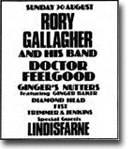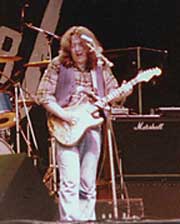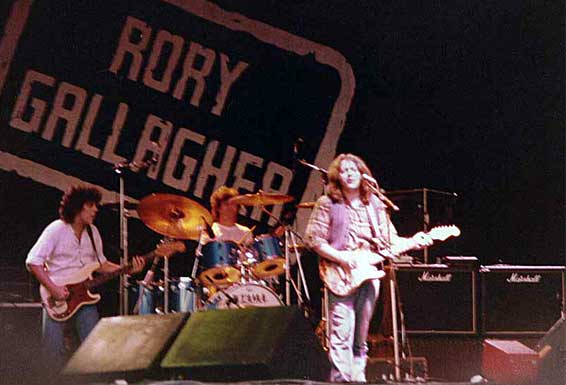

The history of Gateshead dates back to Roman times, when the neighboring city of Newcastle Upon Tyne was a Roman Keep and Gateshead the outer lying settlement. Gateshead's name is probably derived from its location at the head of the great Roman road that bisected the area, though ancient writings by Venerable Bede also refer to the town as "Ad Caprae Caput" or "Goats Head," a possible reference to the many goats that once foraged in the surrounding area. Gateshead lies on the southern banks of the River Tyne directly across from the more populous city of Newcastle.
The Millennium Bridge, an ingenious "tilt" bridge used for pedestrian crossings, is just one of ten amazing bridges that span the Tyne Gorge and connects the two cities in a prosperous commercial symbiosis in what is popularly called the Quayside. The combined Newcastle & Gateshead Quays are now a thriving, cosmopolitan area filled with bars, restaurants and other commerical enterprises. The BALTIC Centre for Contemporary Art, and the Sage Gateshead Music and Conference Centre are prominent landmarks on the Gateshead Quay. Gateshead is also the home to the famous Metro Centre shopping and leisure complex, the biggest modern tourist attraction in northern England.
 Gateshead International Stadium is widely famed as a venue for top level international athletics. Built in 1955, the original Gateshead Stadium is a far cry from the one currently home to the Gateshead Thunder, the Gateshead F.C., the Senators, and many other football and rugby clubs. The facility saw major expansion work done in the 60's and 70's as the stadium's reputation grew as a major sporting venue. In 1986, in honor of Gateshead prowess on the field, sculptor Mike Winstone unveiled his "Sports Day" statue. At the time of its unveiling "Sports Day" was thought to be one of the largest outdoor sculptures in Britain, and its bulk still dominates Gateshead's main street.
Gateshead International Stadium is widely famed as a venue for top level international athletics. Built in 1955, the original Gateshead Stadium is a far cry from the one currently home to the Gateshead Thunder, the Gateshead F.C., the Senators, and many other football and rugby clubs. The facility saw major expansion work done in the 60's and 70's as the stadium's reputation grew as a major sporting venue. In 1986, in honor of Gateshead prowess on the field, sculptor Mike Winstone unveiled his "Sports Day" statue. At the time of its unveiling "Sports Day" was thought to be one of the largest outdoor sculptures in Britain, and its bulk still dominates Gateshead's main street.
 Gateshead International Stadium has also been used as a venue for outdoor concerts, and in 1981 Gateshead City Council approved use of the stadium during August Bank Holiday for an annual rock festival to be called, "Rock on the Tyne".
Gateshead International Stadium has also been used as a venue for outdoor concerts, and in 1981 Gateshead City Council approved use of the stadium during August Bank Holiday for an annual rock festival to be called, "Rock on the Tyne".
"This show was a brave attempt to hold a major event in the North of England ( an area that had been starved of major outdoor events for most of the 70s) and to provide a varied bill that encompassed both new wave and old school blues rock acts."--ukrockfestivals.com
Headlining the 2-day festival was Elvis Costello and Rory Gallagher. A little known group called U2 was also on the bill. Almost 15,000 people attended the festival which at the time made it the largest festival ever held in the north east. The stadium could have held a lot more however, but had to compete on the same weekend with the more established Reading Festival. Sunday's programme was nevertheless well received with local Geordie favorites, Lindisfarne and Busker getting the crowd pumped up in the afternoon session, while in the evening session Dr. Feelgood and Rory Gallagher closed out the festival in great style.
Dr. Feelgood opened the evening session and they too went down well with their up dated brand of rhythm and blues. Then the crowd surged forward for the Rory Gallaagher band's exciting brand of blues-based hard rock.-- Peter Kinghorn, The Journal
 Rory hadn't played in Great Britain for well over 6 months prior to the festival, save for a surprise warm-up gig at the Canning Town Bridge House several days earlier. In the interim Rory had been completing work on his latest album, Jinx, at Dierks Studio in Germany. His performance at the "Rock on the Tyne" festival was his first show with new drummer, Brendan O'Neill. Also joining Rory onstage for the first time were two saxophone players, Ray Beavis & Dick Parry. In a Melody Maker interview by Carol Clerk, Rory admitted to being a bit "jumpy" prior to his first big concert with new bandmates and new material from his latest album, but he needn't have worried. Despite a news media focused on the more contemporary "New Wave" "flavor of the month", it was Rory's brand of blues-rock that got the biggest reception.
Rory hadn't played in Great Britain for well over 6 months prior to the festival, save for a surprise warm-up gig at the Canning Town Bridge House several days earlier. In the interim Rory had been completing work on his latest album, Jinx, at Dierks Studio in Germany. His performance at the "Rock on the Tyne" festival was his first show with new drummer, Brendan O'Neill. Also joining Rory onstage for the first time were two saxophone players, Ray Beavis & Dick Parry. In a Melody Maker interview by Carol Clerk, Rory admitted to being a bit "jumpy" prior to his first big concert with new bandmates and new material from his latest album, but he needn't have worried. Despite a news media focused on the more contemporary "New Wave" "flavor of the month", it was Rory's brand of blues-rock that got the biggest reception.
Rory admitted he was "jumpy." He needn't have worried. He pulled bigger crowds than Costello and Dury, the day before. He won a more tumultuous reception than those two artists put together. The crowd started up a "Rory" chant before Dr. Feelgood had even left the stage. And their reaction to Gallagher swept the site in great waves of emotion that intensified as the set neared its conclusion. A response like that for a man intentionally ignored or scorned by the media for several years is little short of a miracle.--Carol Clerk, Melody Maker
 (Photos of Rory at "Rock on the Tyne" courtesy of Jonathan Brown)
(Photos of Rory at "Rock on the Tyne" courtesy of Jonathan Brown)
So have a listen to Rory Gallagher at the Rock on the Tyne festival in Gateshead, England on August 30, 1981. He's got a new drummer, a couple of Sax players, and he's rockin' the Tyne like no other.
